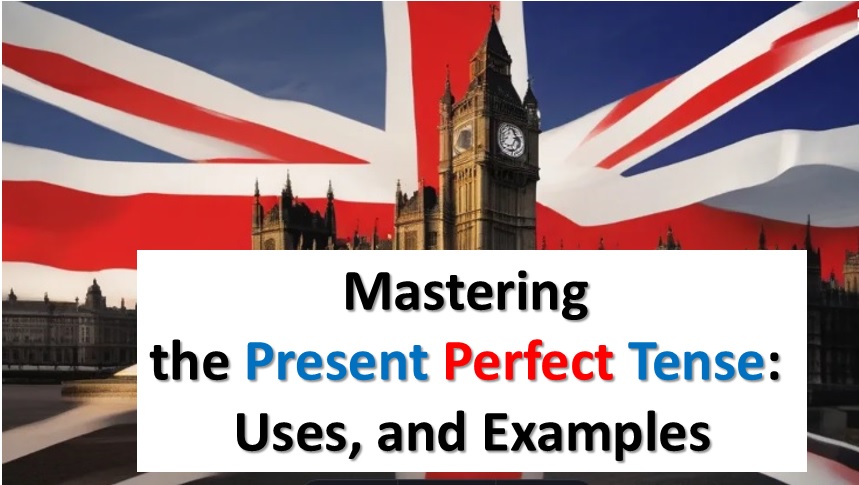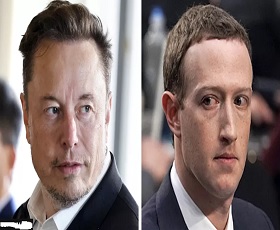Understanding the Present Perfect Tense: Meaning, Uses, and Examples

English grammar can be complex, and understanding the various tenses is essential to effectively communicate in the language. One important tense to master is the present perfect tense. In this article, we will delve into the meaning, uses, and examples of the present perfect tense to help you enhance your grammar skills.
Understanding the Present Perfect Tense
What is the present perfect tense?
The present perfect tense is a verb tense used to express actions that happened in the past and continue into the present or are relevant to the present moment.
How is the present perfect tense different from other tenses?
The present perfect tense differs from other tenses like the simple past tense and past perfect tense by focusing on the connection between past actions and the present time.
When do we use the present perfect tense?
We use the present perfect tense when we want to describe actions that started in the past and have a relevance to the present situation or actions that have just been completed.
Forming the Present Perfect Tense
How do you form the present perfect tense?
The present perfect tense is formed by using the auxiliary verb “have” or “has” followed by the past participle form of the main verb.
What are the auxiliary verbs used in the present perfect tense?
The auxiliary verbs “have” and “has” are used in the present perfect tense to indicate the time of the action.
Can you provide examples of regular and irregular verbs in the present perfect tense?
In the present perfect tense, regular verbs are conjugated by adding “-ed” to the base form of the verb, while irregular verbs have unique past participle forms that do not follow a specific pattern.
Using the Present Perfect Tense in Sentences
How can we use the present perfect tense to describe actions that started in the past and continue into the present?
By using the present perfect tense, we can convey the idea that an action began in the past and is still ongoing or has a connection to the present time.
What are specific time indicators that are used with the present perfect tense?
Specific time indicators such as “since,” “for,” and “recently” are commonly used with the present perfect tense to specify the duration or timing of the action.
Can you explain the difference between the present perfect tense and the simple past tense?
The present perfect tense is used to indicate actions that have a relevance to the present moment or have just been completed, whereas the simple past tense refers to actions that occurred at a specific point in the past.
Common Mistakes and FAQs about the Present Perfect Tense
What are the common errors people make when using the present perfect tense?
Common errors include using the present perfect tense incorrectly with specific time indicators or failing to match the auxiliary verb with the subject pronoun.
How do you conjugate irregular verbs in the present perfect tense?
Irregular verbs in the present perfect tense require memorization of their unique past participle forms as they do not follow a standard conjugation pattern.
Why is the present perfect tense used to describe actions that have just happened?
The present perfect tense is used to emphasize the immediate relevance of actions that have recently occurred, highlighting their connection to the present moment.
Examples of the Present Perfect Tense in Action
- She has lived in various countries, but she hasn’t settled anywhere permanently.
- The unspecified details of the incident have led to much speculation among the townsfolk.
- The novel has been written in Spanish, making it accessible to a wider audience.
- His dedication to the project continues, despite the challenges he has faced.
- Contractions have been used throughout the document to make it more readable.
- The unfinished painting has been sitting in the studio for weeks, awaiting the artist’s return.
- I have read several books this month, but none of them have left a lasting impression.
- The consequences of his actions have been indefinite, leaving everyone puzzled.
- The broken vase in the hallway has been there since yesterday’s accident.
- The homework assignment has been completed, but she forgot to turn it in.
- Each day has brought new challenges, but he has managed to overcome them all.
- The book has connected the dots between seemingly unrelated concepts.
- She has lost her keys again, causing her to be late for her appointment.
- The period of uncertainty has been unsettling for everyone involved.
- Esta experiencia has been eye-opening, providing insights into different cultures and perspectives.
Can you provide real-life examples of using the present perfect tense in sentences?
“I have just completed my assignment.” This sentence uses the present perfect tense to convey the recent completion of an action with relevance to the present.
How does the present perfect tense convey a sense of completion or continuity?
The present perfect tense conveys completion by indicating that an action has been finished, while also highlighting continuity by linking the past action to the present time frame.
What are some situations where it’s preferable to use the present perfect tense over other tenses?
The present perfect tense is preferred when discussing recent actions, experiences, achievements, or when emphasizing the current relevance of past actions.
Q: What is the present perfect tense?
A: The present perfect tense is a verb tense used to describe actions that began in the past and have relevance to the present moment.
Q: How is the present perfect tense formed?
A: The present perfect tense is formed by using the auxiliary verb “have” or “has” followed by the past participle of the main verb.
Q: When do we use the present perfect tense?
A: We use the present perfect tense to talk about actions that happened or started in the past and are still relevant in the present.
Q: What is the difference between the present perfect tense and the simple present tense?
A: The present perfect tense is used to describe actions that began in the past and have a connection to the present, while the simple present tense is used for habitual actions or general truths.
Q: Can the present perfect tense be used in the continuous form?
A: Yes, the present perfect tense can be used in the continuous form to emphasize the duration or ongoing nature of an action.
Q: Do we always need to use the present perfect to describe past events?
A: No, we can also use the simple past tense to describe past events without emphasizing their connection to the present.
Q: How can I check my understanding of the present perfect tense?
A: You can practice using the present perfect tense in sentences and conversations to improve your understanding and usage of this verb tense.


